The Ileum and Villi
1/10
Earn XP
Description and Tags
Name | Mastery | Learn | Test | Matching | Spaced |
|---|
No study sessions yet.
11 Terms
Digestive system
The body system responsible for releasing small, soluble molecules from food that can be used by the body
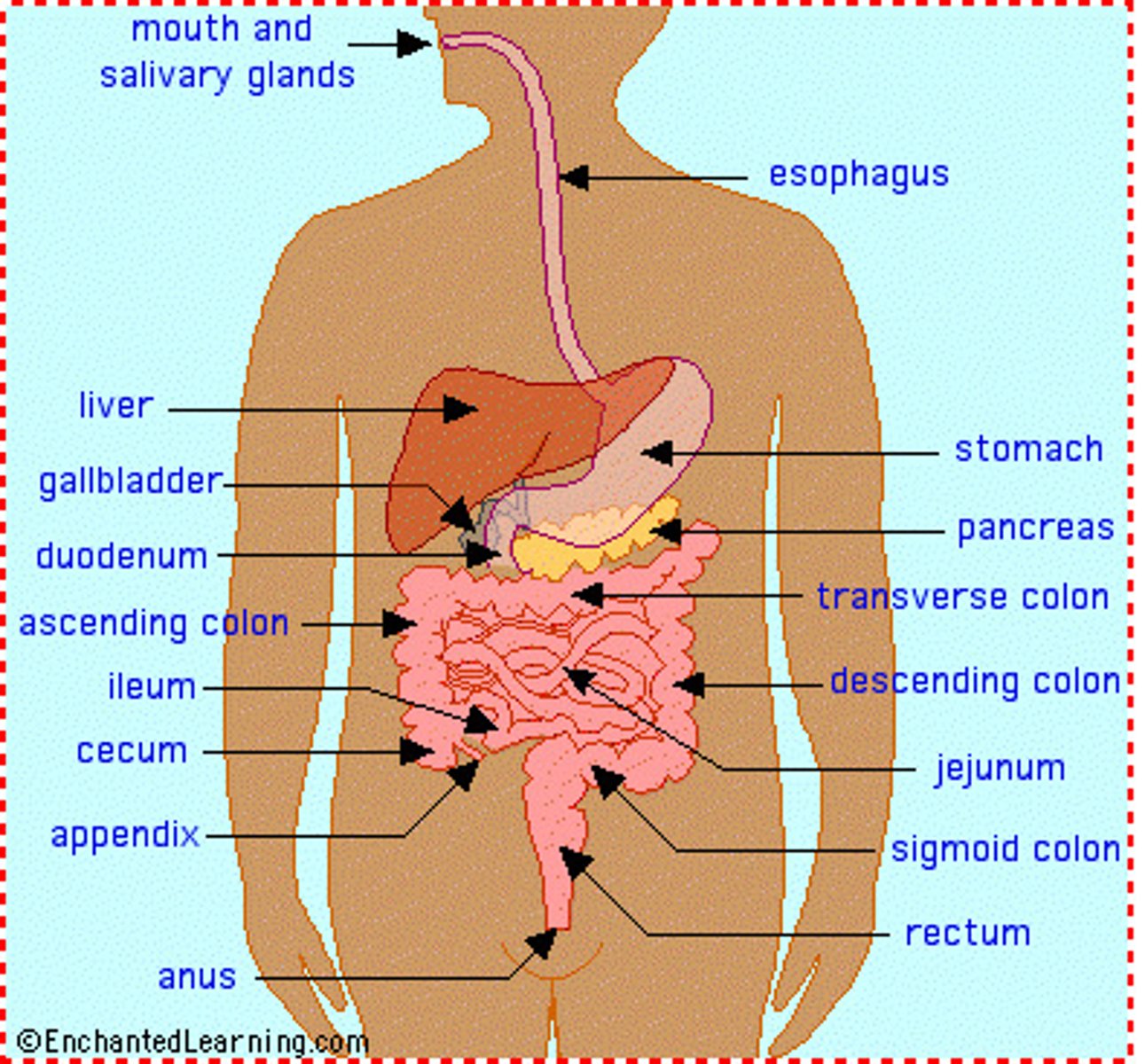
Peristalsis
The involuntary constriction and relaxation of the muscles of the intestine, creating wave-like movements that push food contents along
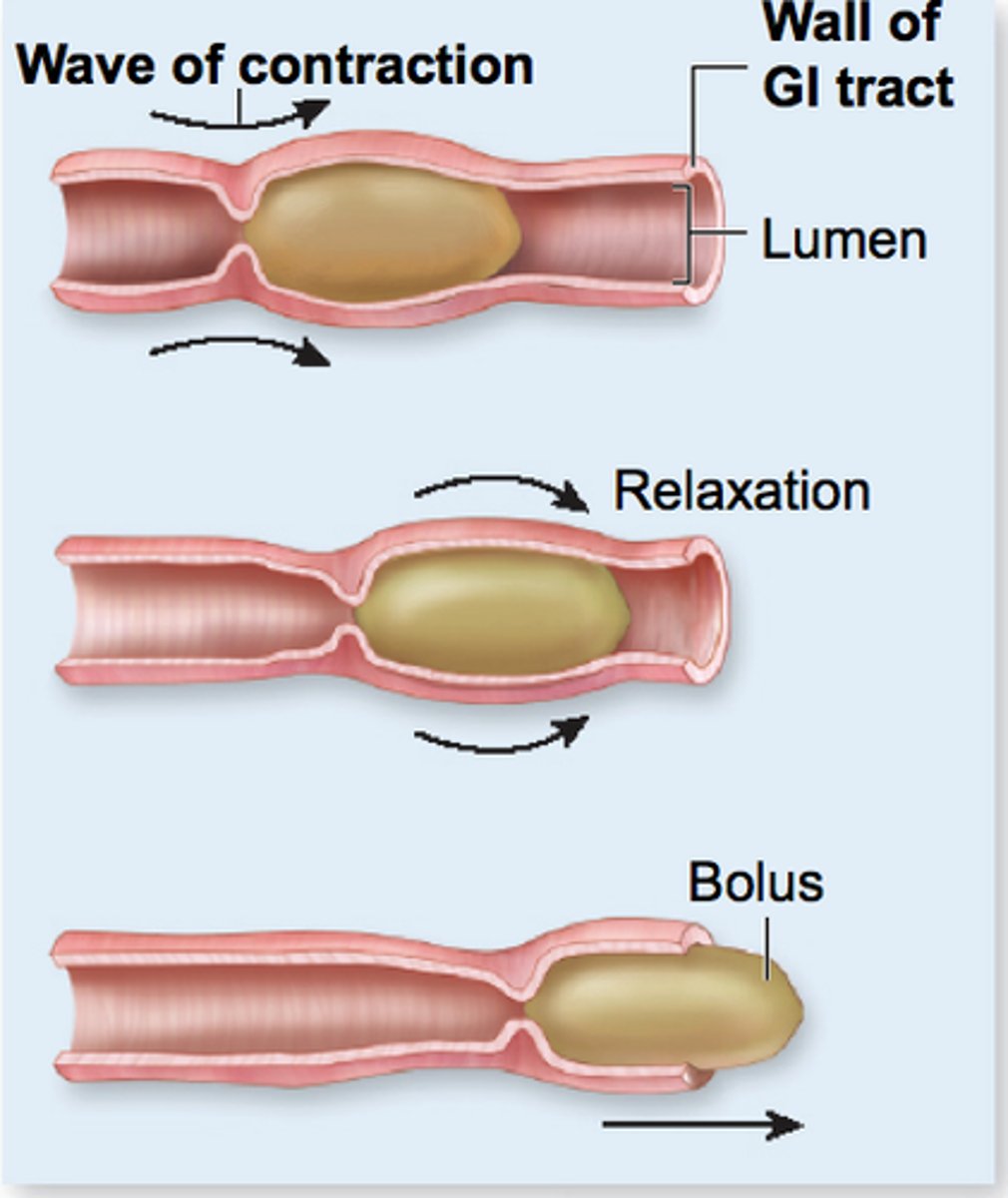
Small intestine
The site of digestion completion where small soluble molecules are absorbed into the bloodstream
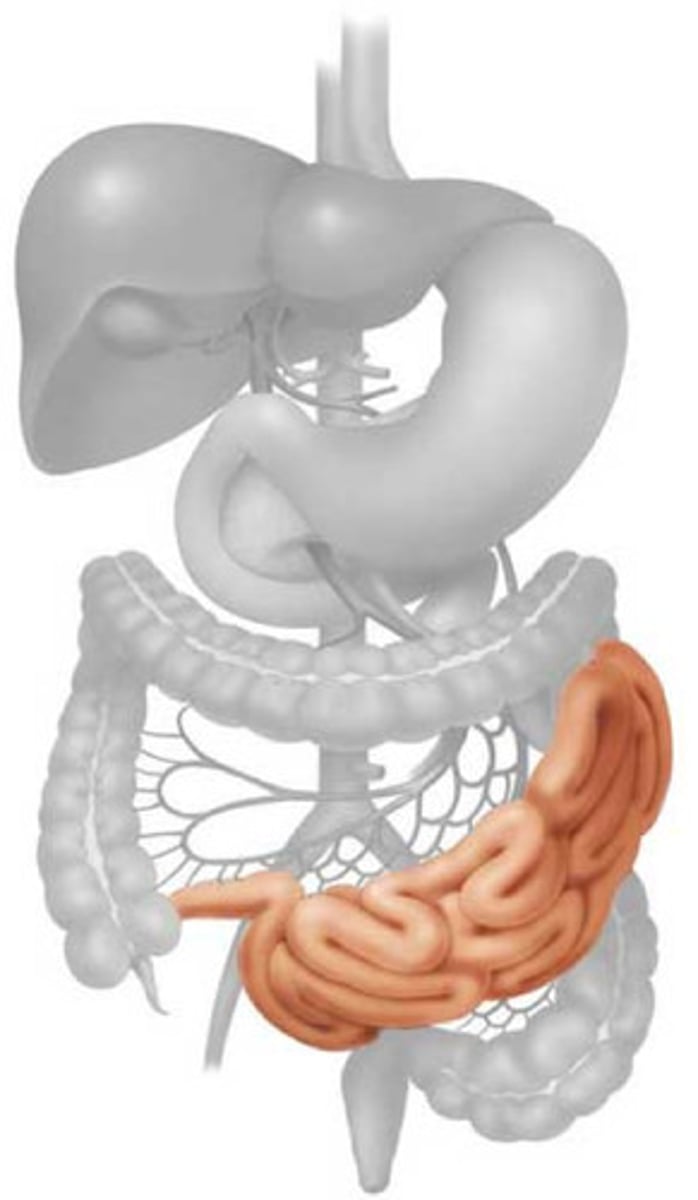
Ileum
The last portion of the small intestine, the walls of the ileum can produces enzymes such as amylase, protease and lipase to aid digestion
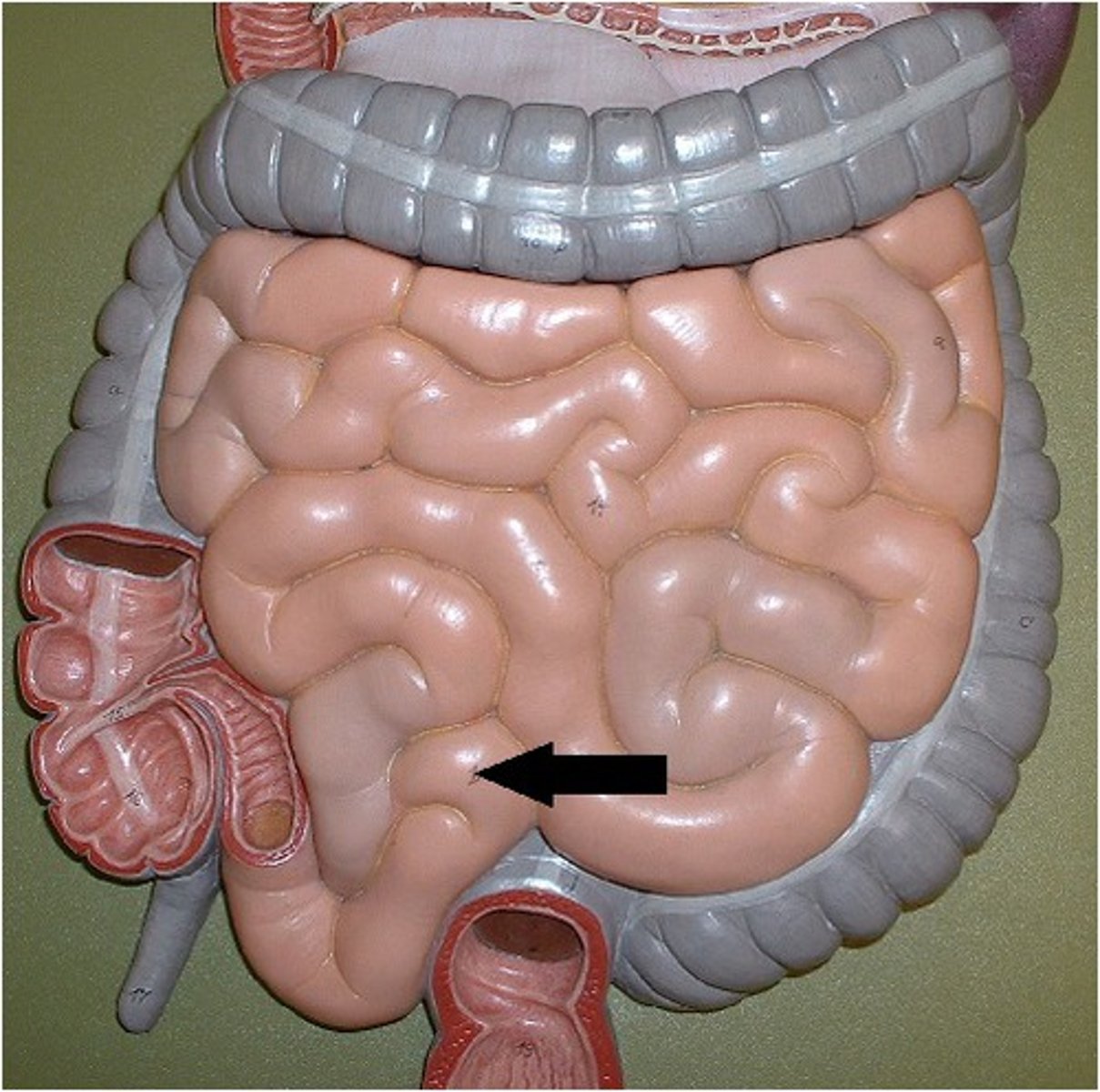
Enzymes
Biological catalysts that speed up reactions, they play an important role by breaking down large insoluble molecules into small soluble molecules that can be absorbed in the intestine
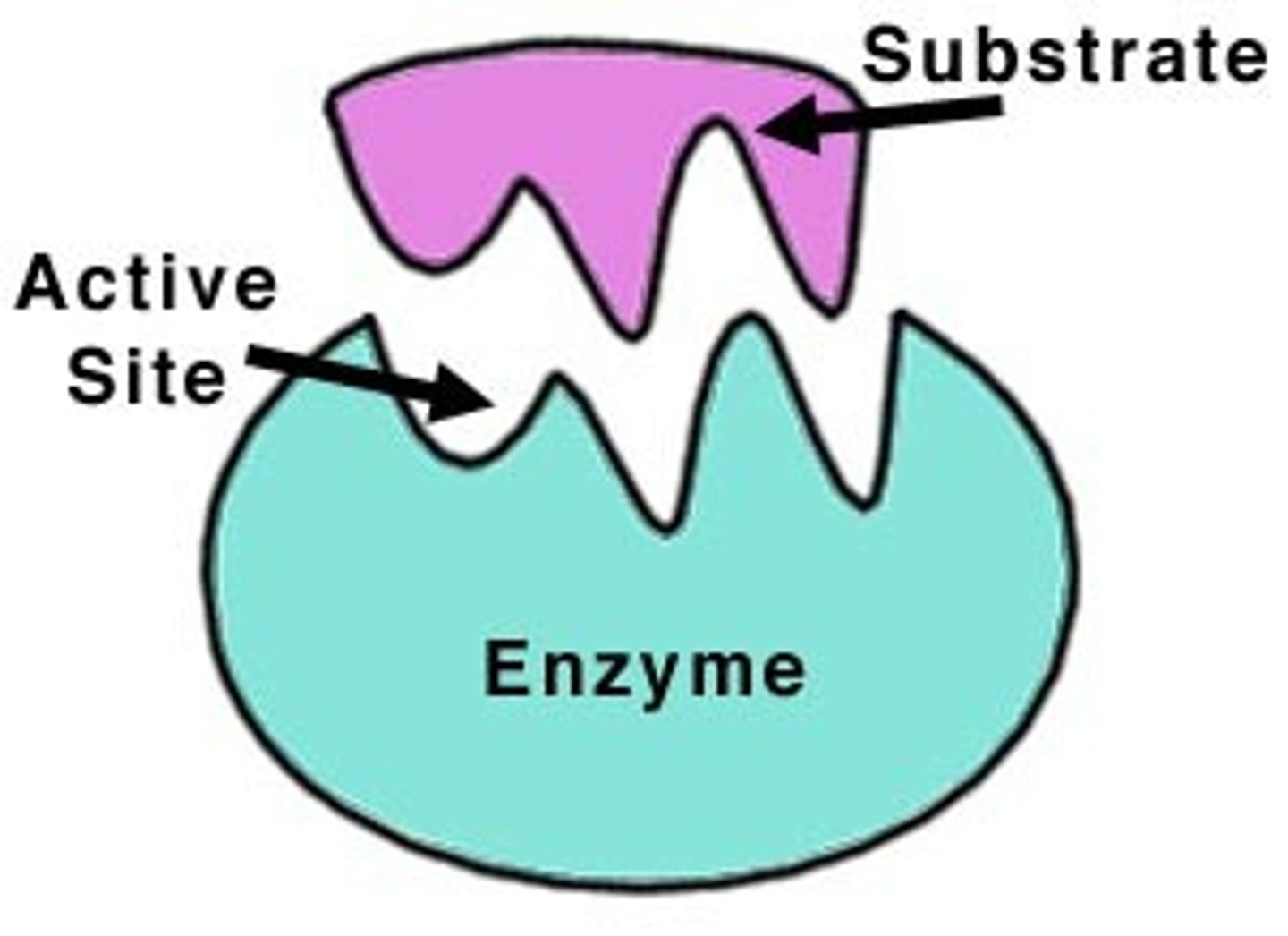
Amylase
Enzyme that breaks starch down into small, soluble sugars
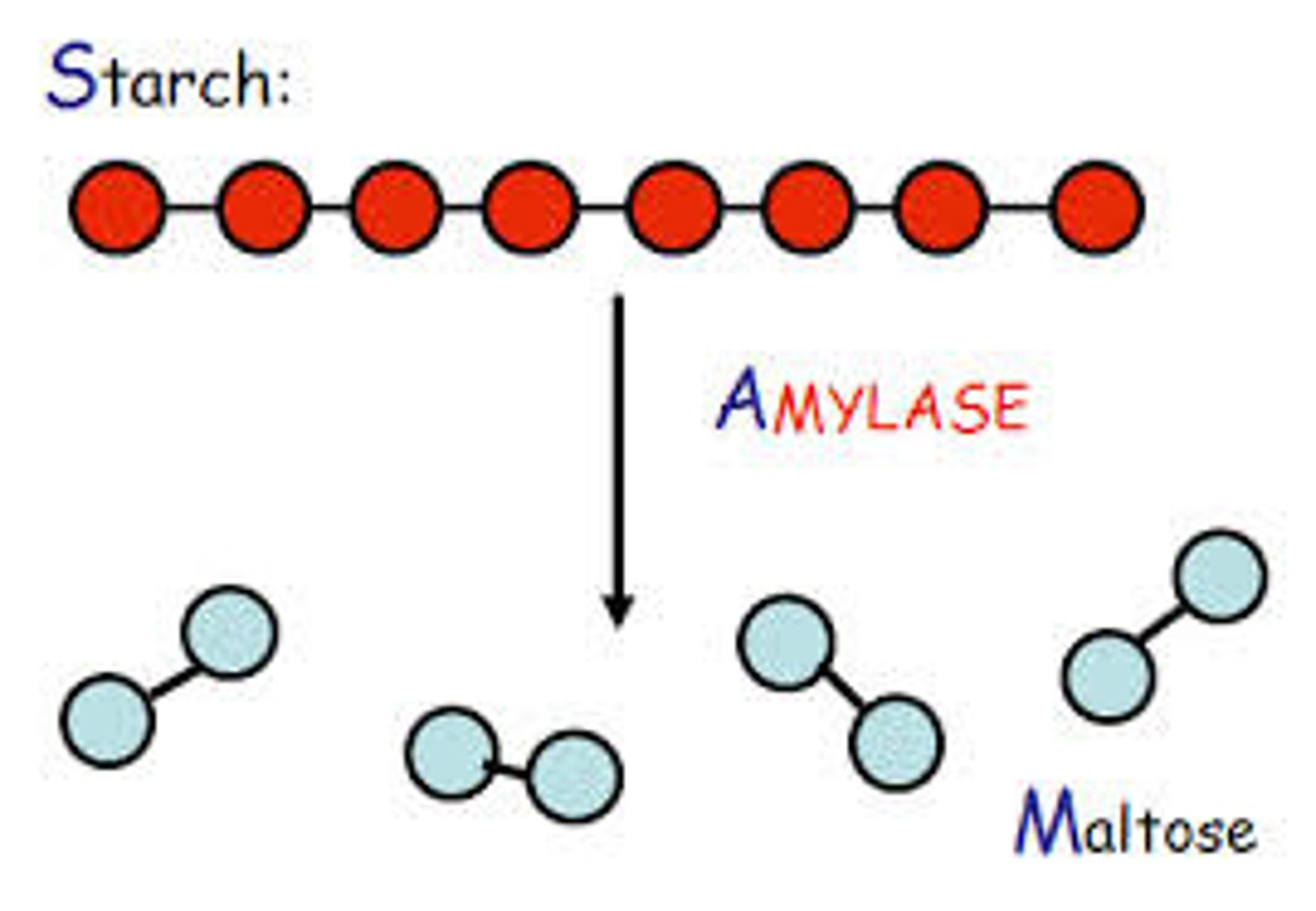
Protease
Enzyme that breaks down proteins into small, soluble amino acids

Lipase
Enzyme that breaks down lipids into glycerol and fatty acids, which are small molecules that can be absorbed in the intestine

Specific adaptations of the ileum for digestion
Folded structure with a large surface area, also has villi which increase surface area for diffusion and are surrounded by blood vessels, permeable and thin, the rich blood supply maintains a steep diffusion gradient to optimise rates of diffusion and absorption
Villi
Small finger-like projections on the walls of the small intestine, increases surface area for absorption of soluble food molecules
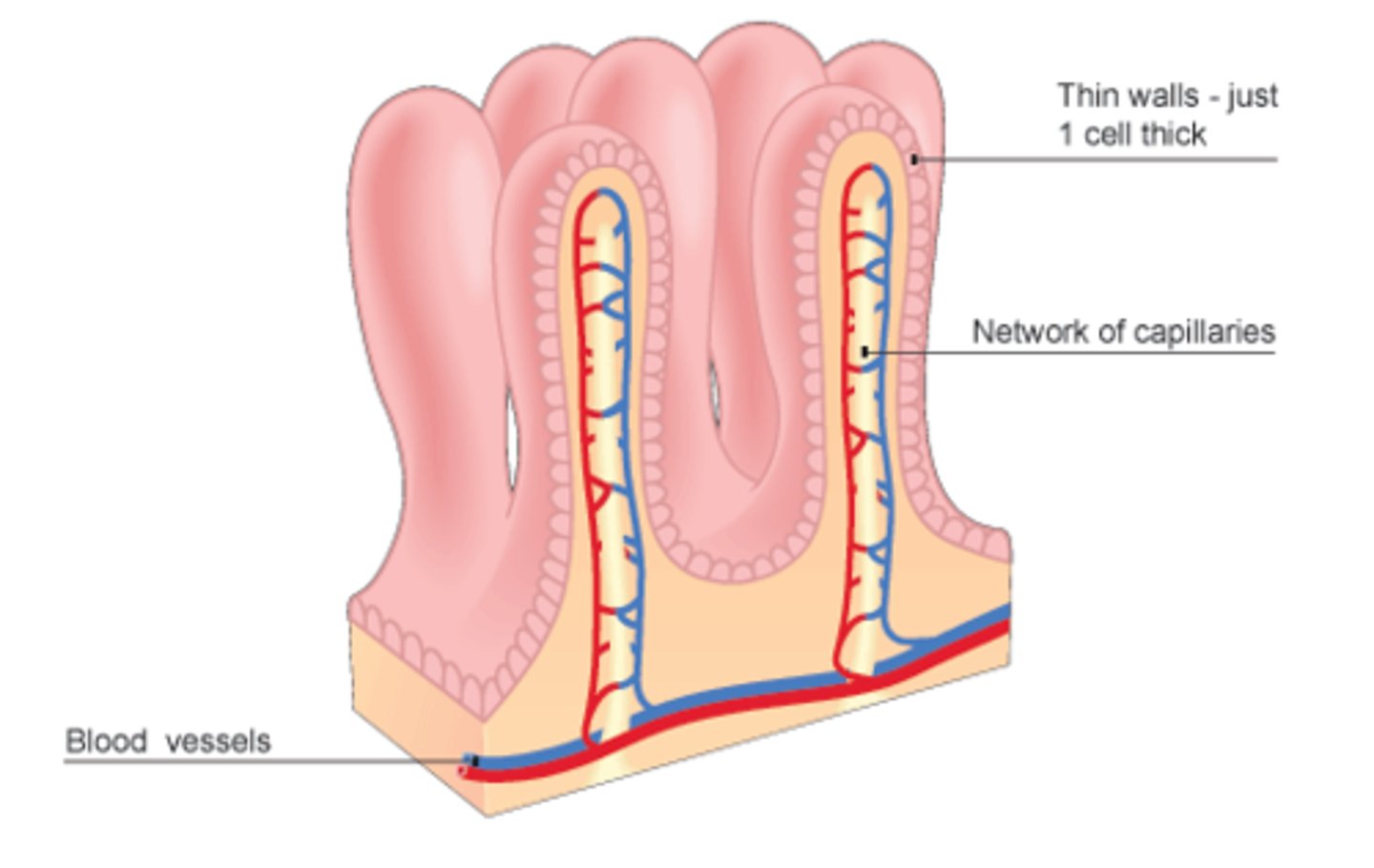
Adaptations of the villi
Villi have an increased surface area and good blood supply, a single layer of epithelial cells, permeable, has a structure called a lacteal that can absorb fat products into the blood